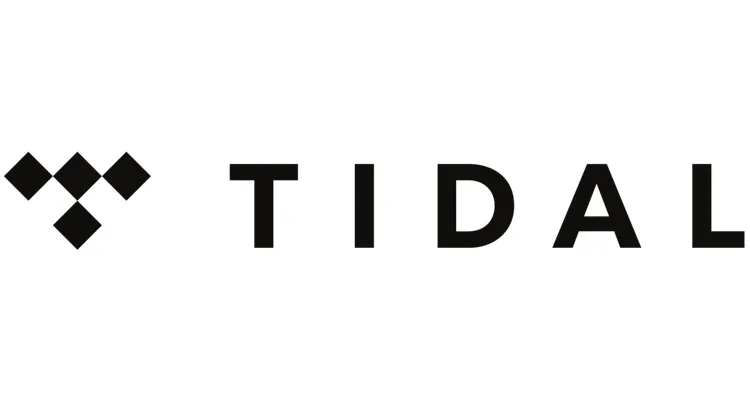Photo Credit: Tidal
Back in November of 2021, Tidal launched direct-to-artist payments as one component of a far-reaching update. Now, weeks after partnering with Universal Music Group to develop a “new economic model for music streaming,” the Block-owned platform has officially ended the Direct Artist Payouts (DAP) program.
Tidal CEO (and longtime Square hardware lead) Jesse Dorogusker revealed the formal conclusion of the streaming service’s Direct Artist Payouts program via a series of recently published social media posts. Under the model – which Tidal announced alongside an ad-supported tier and more – “a percentage of HiFi Plus subscribers’ membership fees” made their way to the appropriate listeners’ “top streamed artist” each month.
However, Tidal had been making these payments on top of actual streaming royalties – a contrast to the “fan-powered” remuneration offered by SoundCloud. Since March of 2021, the latter service has compensated artists as a percentage of “each listener’s subscription or advertising revenue.”
But Spotify and other leading streaming platforms continue to “pool” ad revenue and pay royalties as a portion of total plays. Of course, the average per-stream royalty rate is inconsequential owing in part to the ever-growing amount of music on streaming services, which, with the exception of Spotify and Tidal, are beginning to raise the monthly cost of individual plans in the States.
In any event, Tidal has wrapped its DAP program after enrolling approximately 70,000 artists and distributing around $500,000, according to Dorogusker.
“With DAP, we pay artists directly (beyond royalties) in a fun way that connects fans’ listening to their top artists’ pay,” penned the former Apple exec Dorogusker. “We enrolled 70K artists & distributed $500K, far short of our goal. We’ve decided to end DAP and do something w/ higher impact. Here’s why & what’s next.
“The DAP program focused only on a listener’s #1 artist, which left much, much less room for emerging artists to get paid. Starting April, we’ll no longer commit a % of HiFi Plus membership to top-listened artists. Instead, we’ll sharpen our focus on TIDAL RISING,” he continued.
Tidal Rising is billed by higher-ups as “a space dedicated to introducing fans to fresh and dynamic music” from emerging acts. As part of the pivot, Tidal will “put more funds” – to the tune of over 10 times what was paid out via DAP – into Rising, Dorogusker said.
The new capital is expected to support “emerging artists through education, custom promotion, and future direct-funding,” Dorogusker disclosed, pointing also to plans for “more high-impact activations” like a November promotional campaign featuring four Georgia-based acts.
Absent from Dorogusker’s remarks is any mention of Universal Music, and it’s unclear precisely how the major label fits into the Rising buildout. Similarly, it’ll be worth following the result of the companies’ coordination on “a new economic model for music streaming,” especially because Dorogusker confirmed that Tidal will distribute more “direct funding” down the line.
Last month, Drake – the first artist to crack a staggering 75 billion streams on Spotify – proposed that the Stockholm-headquartered platform begin paying out “bonuses” when creators hit certain play thresholds. Meanwhile, Warner Music Group adopted SoundCloud’s aforesaid “fan-powered” model in a licensing deal last year, when Spotify addressed the possibility of implementing user-centric payments.

